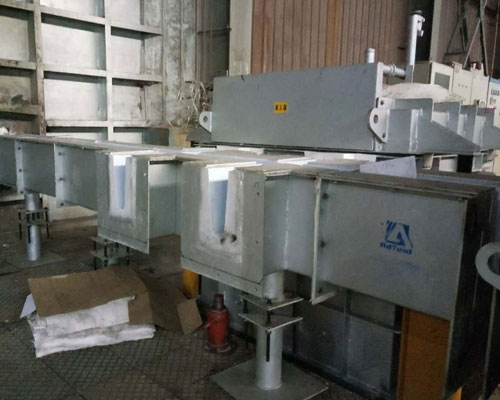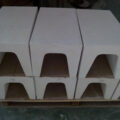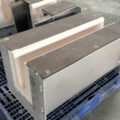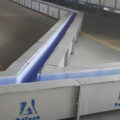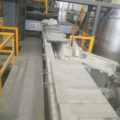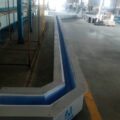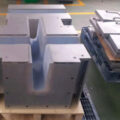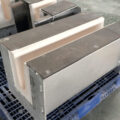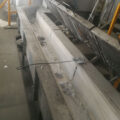When processing liquid aluminum alloys, the melt is usually allowed to settle before casting to precipitate solid inclusion particles. These particles, especially oxides, borides, and carbides, can be harmful if incorporated into the final product. In addition, in order to remove alkali metals from the aluminum solution or to help clean the furnace of the furnace, the practice usually involves spraying chlorine or fluoride-containing gas throughout the metal. In some cases, this can lead to the formation of fine liquid aluminum chloride, magnesium chloride, or aluminum trichloride inclusions. Although the furnace sedimentation method is adopted, the particles usually in the range of 2-200μm will still enter the molten metal launder system and eventually enter the cast product.
In order to overcome this problem, various well-known techniques are often used to process liquid metal to remove inclusions between the holding furnace and the casting machine on-line.
These techniques may include froth flotation, such as froth used in degassing unit, in which rotating nozzles are used to disperse inert or reactive air bubbles throughout the melt. Or alternatively, a filtration system such as a bed filter or a ceramic foam filter.
In many cases, the processing equipment cannot completely remove the inclusions in the size range of 1-40μm, and occasionally disperses particles up to 200μm, especially liquid inclusions. In addition, it is possible to produce a liquid/gas foam composite in the degassing chamber. Due to its small size and small effective density difference with the molten metal, it is difficult to precipitate during the normal residence time of the molten metal during the transfer process. In many cases, the service life of the filter is determined by the point where the incoming dust blocks. This is especially true for fine filters, where cake filtration rather than deep trapping is the main mode of operation. In addition, it is well known that under certain flow conditions, such as in a degassing chamber, particles present in liquid aluminum tend to agglomerate into agglomerates.
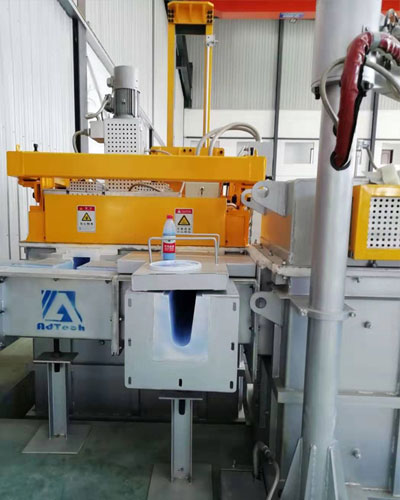
Molten metal is usually transferred from a holding furnace to a melting treatment plant, such as degassing machines, filters, and casting machines, along an open washing tank with a generally rectangular section or curved bottom.
The flow rate of aluminum (and its alloys) usually varies in the range of 100-500 kg/min, based on the hydraulic average diameter of the tank, which results in a local Reynolds number between 103 and 104.
It is well known that the inclusion particles present in the liquid flow will interact with the flow, causing them to move with the area of the flow field or flow through the area from time to time, depending on the resultant force acting on it.
It is generally believed that a Reynolds number in the range of 103 to 104 will result in a complex flow structure (transitional flow). For a fully laminar flow, the Reynolds number should be reduced to below 103, and for a fully turbulent flow, the Reynolds number should rise to above 104.
AdTech provides a refractory launder that can control the flow of molten metal along the sink, so as to reduce the inclusions, optimize the capture, agglomeration and precipitation of undesirable inclusion particles.

